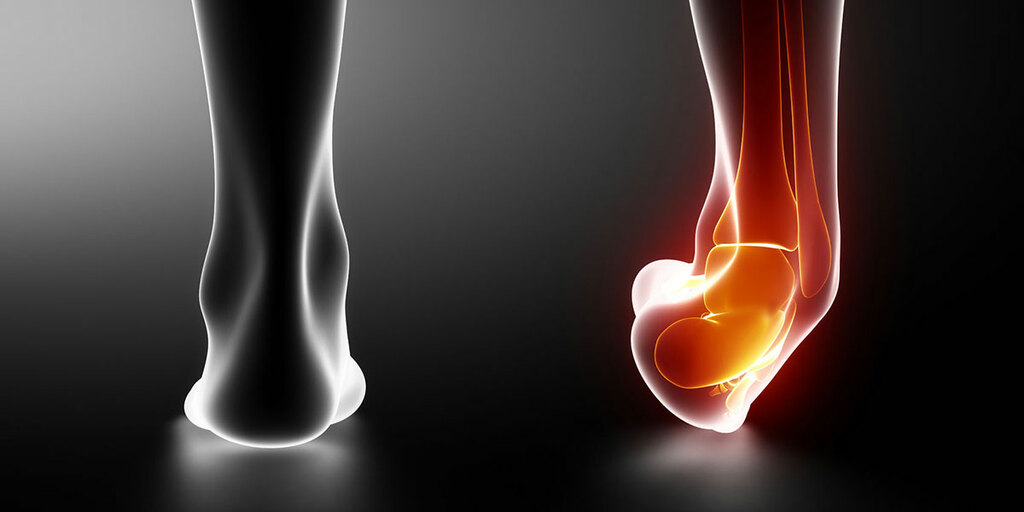
Blog: Ankle Sprains & Rehab
Ankle sprains are among the most frequent injuries, occurring not only in sports but also during routine daily activities. Personally, I have repeatedly sprained my left ankle (but never the right) since childhood, whether during sports or simple tasks like stepping off curbs or walking on uneven ground. Sprained ankles, often referred to as rolled or tweaked ankles, have a high chance of recurring if not treated properly. Additionally, poor management of these injuries can lead to secondary issues in other parts of the body due to altered ankle mobility and biomechanics. Your osteopath can assist in preventing these complications through appropriate rehabilitation and treatment for the ankle.
The majority of ankle sprains are classified as "inversion" sprains, where the foot rolls inward beneath the body. This often results in swelling and bruising around the outer bony part of the ankle. Bruising occurs due to bleeding from the injured ligaments, while swelling is the body’s natural response to stabilize the injured area. Many people apply the RICE method (Rest, Ice, Compression, Elevation) within the first 24-48 hours, but often stop there, cutting their recovery short. Since injured ligaments rarely regain their original tightness, increased laxity in the ankle joint makes it more susceptible to future inversion sprains if proper rehabilitation is not pursued.
While inversion sprains can become more common due to increased joint laxity, other movements, such as dorsiflexion (where the foot is flexed upwards toward the shin), may become restricted. Limited dorsiflexion can alter how you run, jump, or squat, leading to biomechanical changes that place extra strain on other areas like the knees or pelvis. These added stresses can contribute to injuries down the line, making it crucial to address these issues with your osteopath as soon as possible.
Your osteopath may incorporate exercises focused on improving ankle mobility, strength, and balance to help restore muscle function around the joint and enhance proprioception (your body's ability to sense joint positioning), which can reduce the risk of future injury. Additional preventive measures may include taping or bracing the ankle for extra support, something you can discuss with your osteopath. In my own experience, I used to tape or brace both ankles when playing basketball, but found it to be costly and time-consuming, so I shifted my focus toward improving ankle stability through gym-based exercises—and I still haven’t had any issues with ankle injuries.
If your ankles are causing problems in your sports activities or daily life, feel free to reach out to discuss how this issue can be helped!